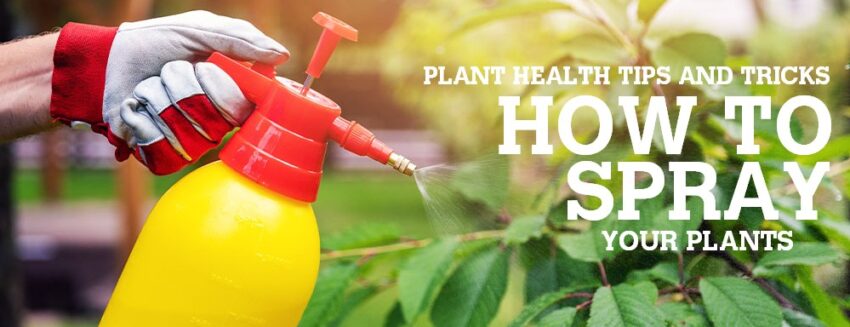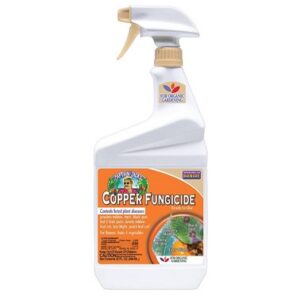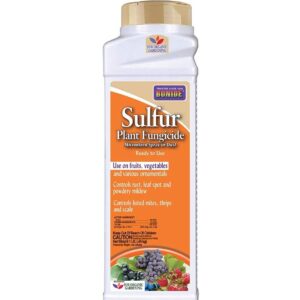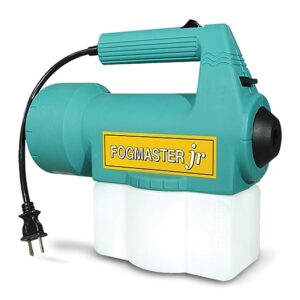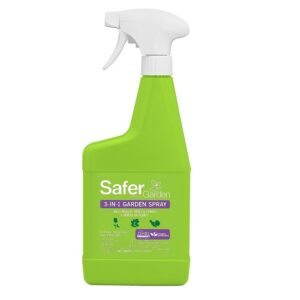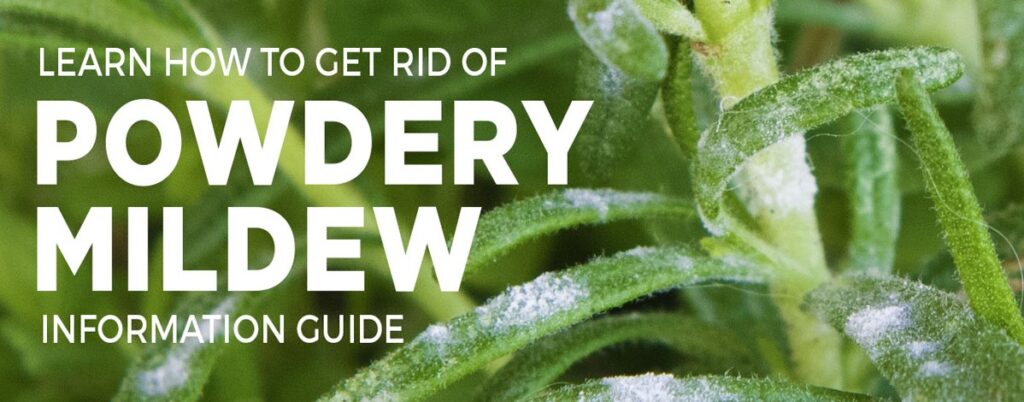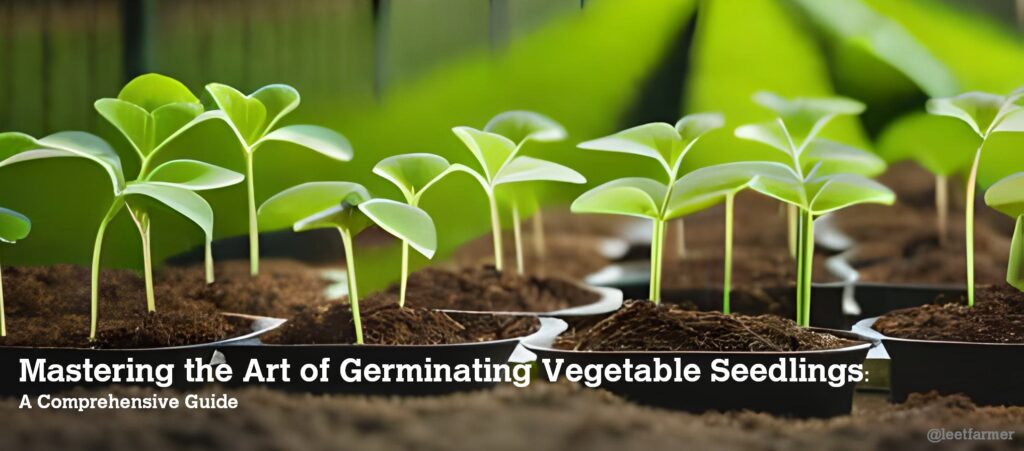A Comprehensive Guide to Spraying Your Plants: Fungicides, Pesticides, and Beneficial Nutrients
Maintaining healthy plants is a rewarding endeavor, but it often requires more than just sunlight and water. Sometimes, plants face threats from pests, diseases, and fungal infections like Powdery Mildew, Rust or Blight that can hinder their growth. In such cases, spraying your plants with fungicides, pesticides, or beneficial nutrients can provide the necessary protection and nourishment. However, it’s essential to approach this task with caution and precision. In this guide, we’ll walk you through the steps of effectively spraying your plants, including the ideal time of day and the precautions you should take by reading the label on the bottle of the product you’re using.
Why Spray Your Plants?
Spraying your plants with fungicides, pesticides, or beneficial nutrients serves various purposes:
- Disease and Pest Control: Fungicides and pesticides protect plants from harmful fungi, insects, and other pests that can cause damage or even death.
- Nutrient Enhancement: Beneficial nutrients can provide essential elements that promote plant growth, such as nitrogen, phosphorus, and potassium.
Choosing the Right Product: Reading the Label
Before starting, it’s crucial to select the appropriate product for your plants’ needs. Different plants, pests, and diseases require specific treatments. Always read the label on the product bottle to understand:
- Target Pests/Diseases: Ensure the product you’re using is designed to combat the particular pests or diseases affecting your plants.
- Application Rate: The label will provide information on how much product to mix per gallon of water. Using the correct concentration is crucial to avoid harming your plants.
- Safety Precautions: Labels include safety instructions, such as protective gear recommendations and any hazards associated with the product.
- Application Frequency: Follow the recommended application schedule. Overusing products can lead to plant damage or chemical buildup in the soil.
Ideal Time of Day for Spraying
The timing of your spray applications plays a significant role in their effectiveness:
- Early Morning or Late Afternoon: These are the best times to spray. Avoid applying during the hottest part of the day, as the heat can cause the products to evaporate too quickly and the sun can burn your plants due to the water droplets acting as tiny magnifying glasses.
- Calmer Weather: Choose a day with minimal wind to prevent drift of the product onto unintended areas.
Precautions and Application Steps
Follow these precautions and steps for a successful spraying session:
- Wear Protective Gear: Always wear the protective gear recommended on the product label. This may include gloves, goggles, and a mask.
- Prepare the Mixture: Mix the product according to the label instructions. Using too much or too little can harm your plants or render the treatment ineffective. Always use filtered water if possible (reverse osmosis is best.)
- Test on a Small Area: Before applying to your entire plant, test the solution on a small section to ensure it doesn’t cause adverse effects.
- Apply Evenly: Use a sprayer to evenly distribute the solution. Cover both sides of leaves and stems, as well as the soil around the base of the plant.
- Avoid Runoff: Prevent excessive runoff to minimize environmental impact and ensure the product reaches the intended target.
- Proper Disposal: Dispose of any leftover solution, empty containers, and protective gear according to local regulations.
- Wash Hands and Clothing: After spraying, wash your hands and any clothing that may have come into contact with the solution.
By following these guidelines, you can effectively protect and nourish your plants while minimizing risks to both your plants and the environment. Remember that each product may have specific instructions, so always prioritize reading the label for accurate information. With careful attention and proper application, you’ll be well on your way to maintaining thriving, pest-free plants.
My Recommendations:
For Powdery Mildew I recommend using a sulfur based spray like Safer Fungicide or Bonide Sulfur Dust. The easier option is to buy the Safer Fungicide spray that comes in a spray bottle, the cheaper option is to buy the Sulfur Dust and mix it with water yourself and use your own sprayer. I use the Bonide Sulfur Dust at 50% strength (I rarely use any sprays at 100% strength as it is not necessary) mixed with filtered water and spray with my FogMaster Jr Electric Sprayer.
For Tomato Blight I recommend using a copper based spray like Bonide Copper Fungicide. Same as above, easier option is to buy the ready-to-go spray bottle, cheaper option is to mix it yourself and buy the product in bulk.

